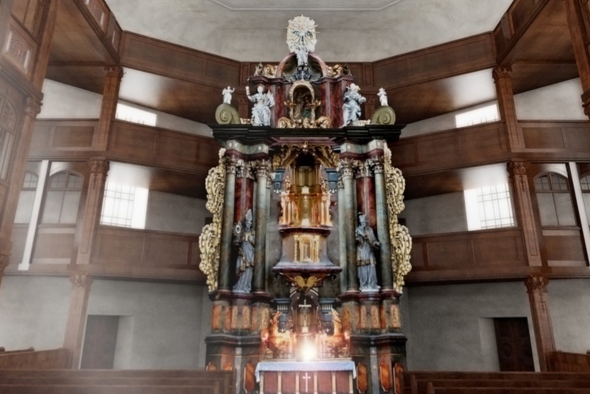
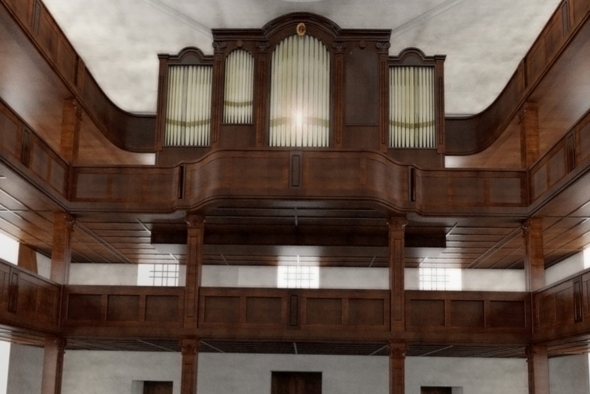
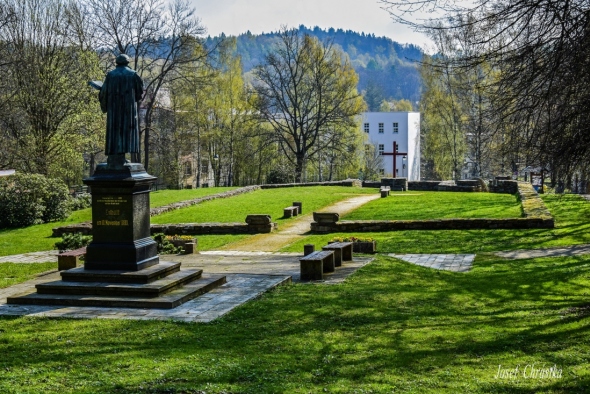
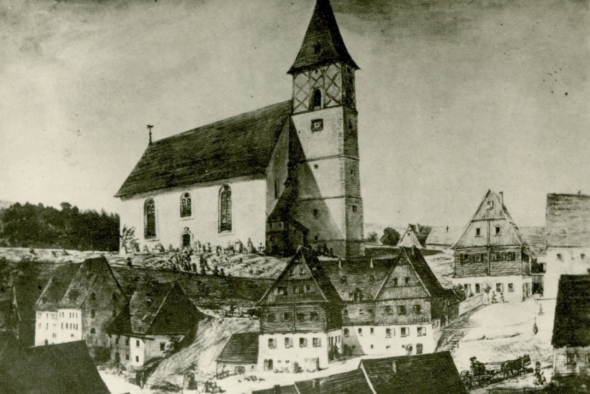
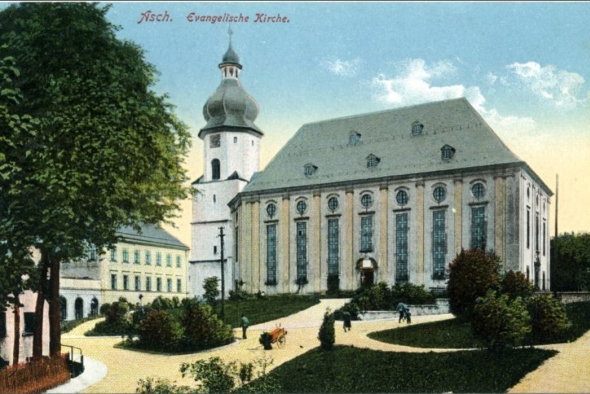
Distance from IC:
534 m
Historically, the population of Aš gravitated towards the evangelical faith. This was evidenced by the beautiful evangelical church, which is commemorated by the monument. You can experience the glory and atmosphere of this Christian tabernacle thanks to a tour of its space. See your unique colors and know you are in Europe?





This website is using cookies
We Inform you that this site uses cookies. You can find more detailed information about cookies and the processing of personal data in the Privacy Policy and the use of so-called cookies. We hereby ask you for your consent to the use of these cookies.